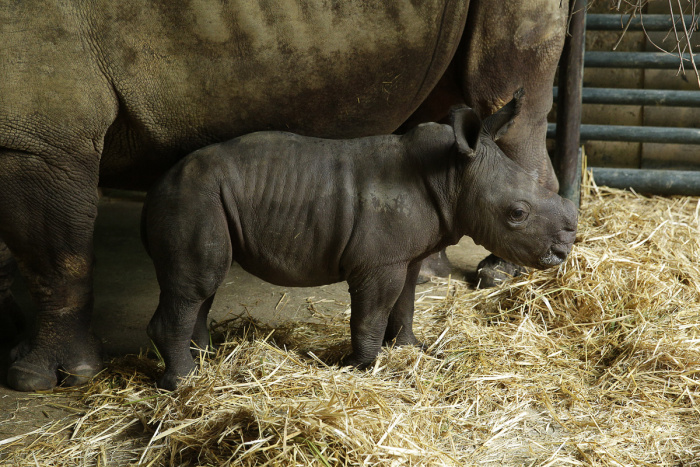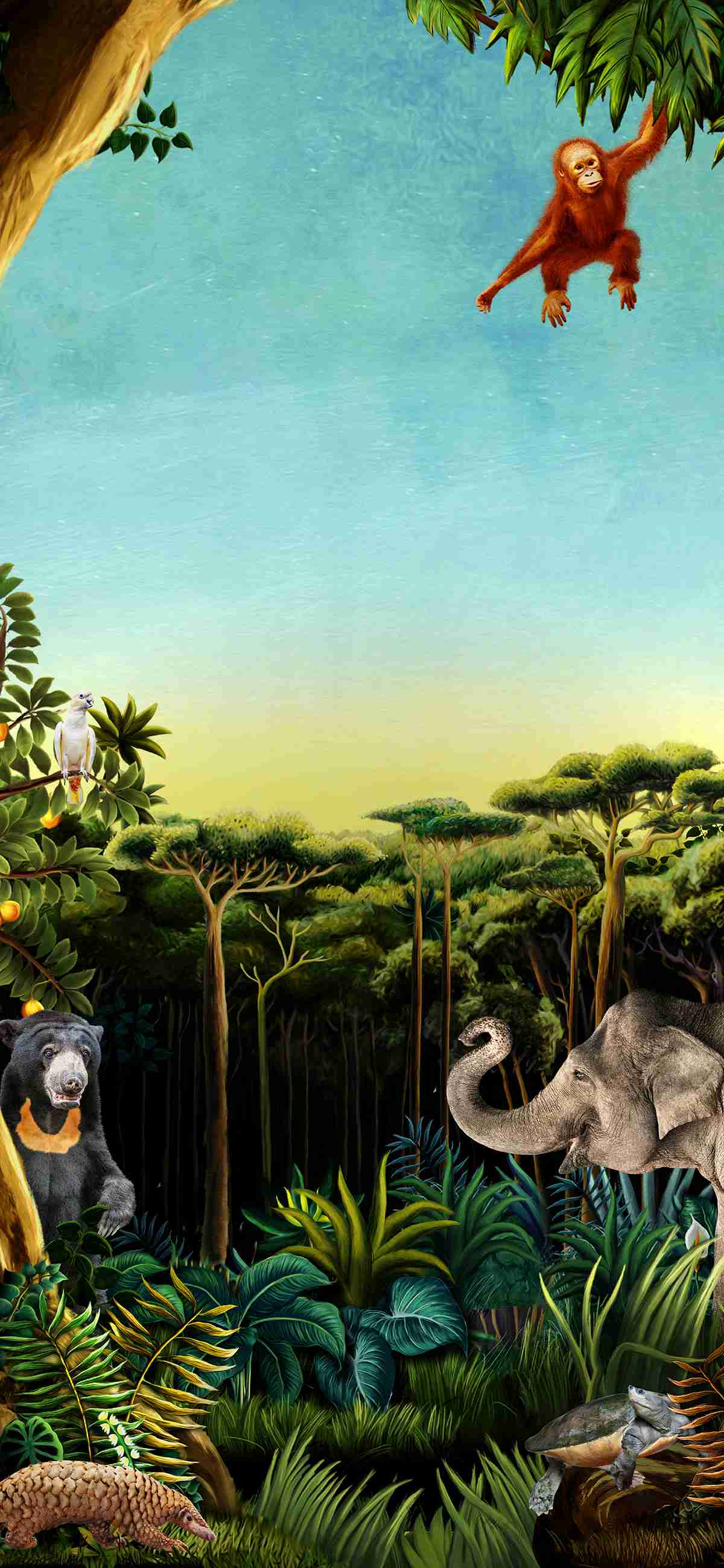Singapore Zoo welcomes 21st white rhino calf
28 Sept 2017Singapore, 28 September 2017 – Singapore Zoo’s prolific 32-year-old white rhino Donsa quietly delivered her eleventh calf in the wee hours of 6 September, and by the time her keepers arrived for work within an hour of the birth, the healthy male calf was already taking his first wobbly steps.
With 20 rhino births under their belts, keepers knew Donsa was due to deliver, and had prepped the birthing den two days before, in anticipation of the new arrival.
The yet-to-be-named calf currently spends time bonding with mom in the back of house facility. An energetic lad, the young one enjoys being scratched with an extended brush.
 Photo credit: Wildlife Reserves Singapore
Photo credit: Wildlife Reserves Singapore

Keepers use this opportunity to get him comfortable to their presence. These sessions also pave the way for future medical training: conditioning that allows animals to be examined and given simple treatment without being stressed.
Singapore Zoo is home to seven of these majestic creatures, and the latest addition is the first male born in five years after a string of females. Of the 21 babies born here, some have been sent to Australia, Indonesia, Korea and Thailand as part of the Zoo’s ex-situ conservation efforts through its worldwide exchange programme.
Although Donsa and baby are not in the public eye yet, you can meet Hoepel the proud father, and the other white rhinos, during their daily 1.15pm feeding session—the first ever in Asia and one of Singapore Zoo’s signature programmes—and experience an up close and personal encounter with these giants.
White rhinos are considered near threatened in the wild on the IUCN’s* Red List of Threatened species. Together with the Indian rhino, it is the largest species of land mammal after the elephant. They are poached for their horns, which some believe as having medicinal properties. In fact, the horns are made of solid keratin, the same material in hair and fingernails, and there has been no scientific evidence to suggest that they are a cure for anything.

